Jan 2, 2025
Psychology
Featured
The Psychology of Moral Disengagement: Understanding Our Justifications

Moral disengagement is a fascinating psychological phenomenon that allows individuals to distance themselves from their moral standards, enabling them to engage in behavior that contradicts their ethical beliefs without experiencing guilt. This blog explores the various mechanisms of moral disengagement, illustrated through the experiences of school bullies, and provides insights into how these justifications manifest in everyday situations.
Moral Disengagement
Moral disengagement permits individuals to rationalize their actions and behave unethically without feeling the emotional weight of guilt. Through this process, people can convince themselves that their moral standards do not apply in certain situations. The mechanisms of moral disengagement come in eight distinct forms, which we will explore through the lens of a school bullying scenario involving a teenager named Sarah.
Moral Justification
The first mechanism we'll discuss is moral justification. When confronted about his bullying behavior, Martin claims, "I was just trying to toughen her up. The world's a harsh place, and if she can't take a little teasing, how is she going to survive?" Here, Martin frames his actions as a necessary public service, thereby justifying his behavior as beneficial rather than harmful.
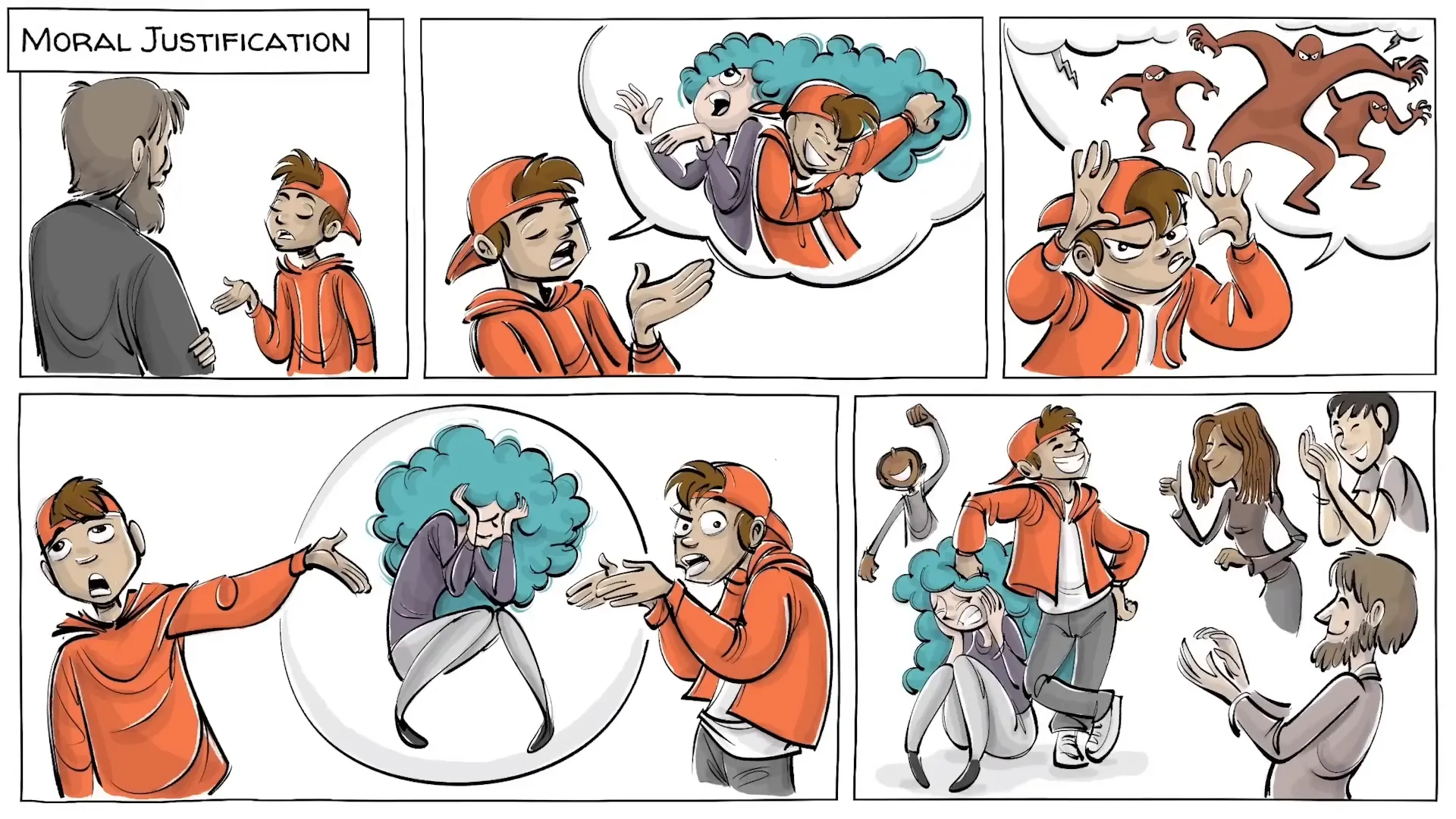
Euphemistic Labeling
Next, we have euphemistic labeling. Eric responds to the teacher by saying, "We were just joking around with her. It's not a big deal." By labeling bullying as "joking around," Eric minimizes the severity of his actions, making them sound harmless. This type of language softens the impact of what is inherently harmful behavior.
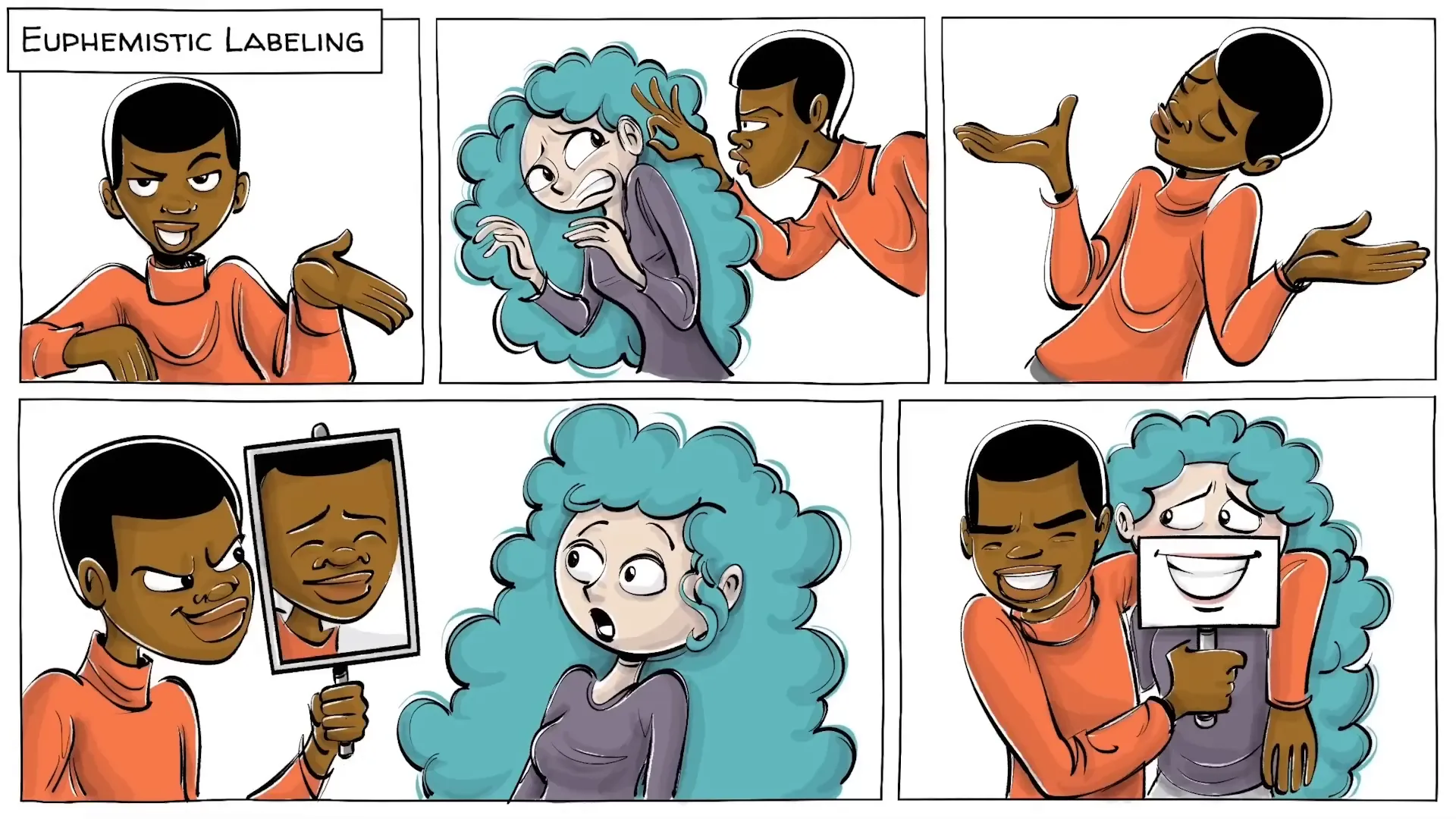
Advantageous Comparison
Anna employs advantageous comparison when she states, "Other kids out there are stealing! We were just having fun." By contrasting her actions with more serious offenses, she attempts to make her behavior seem acceptable. This mechanism allows individuals to feel better about their actions by highlighting others' worse behavior.
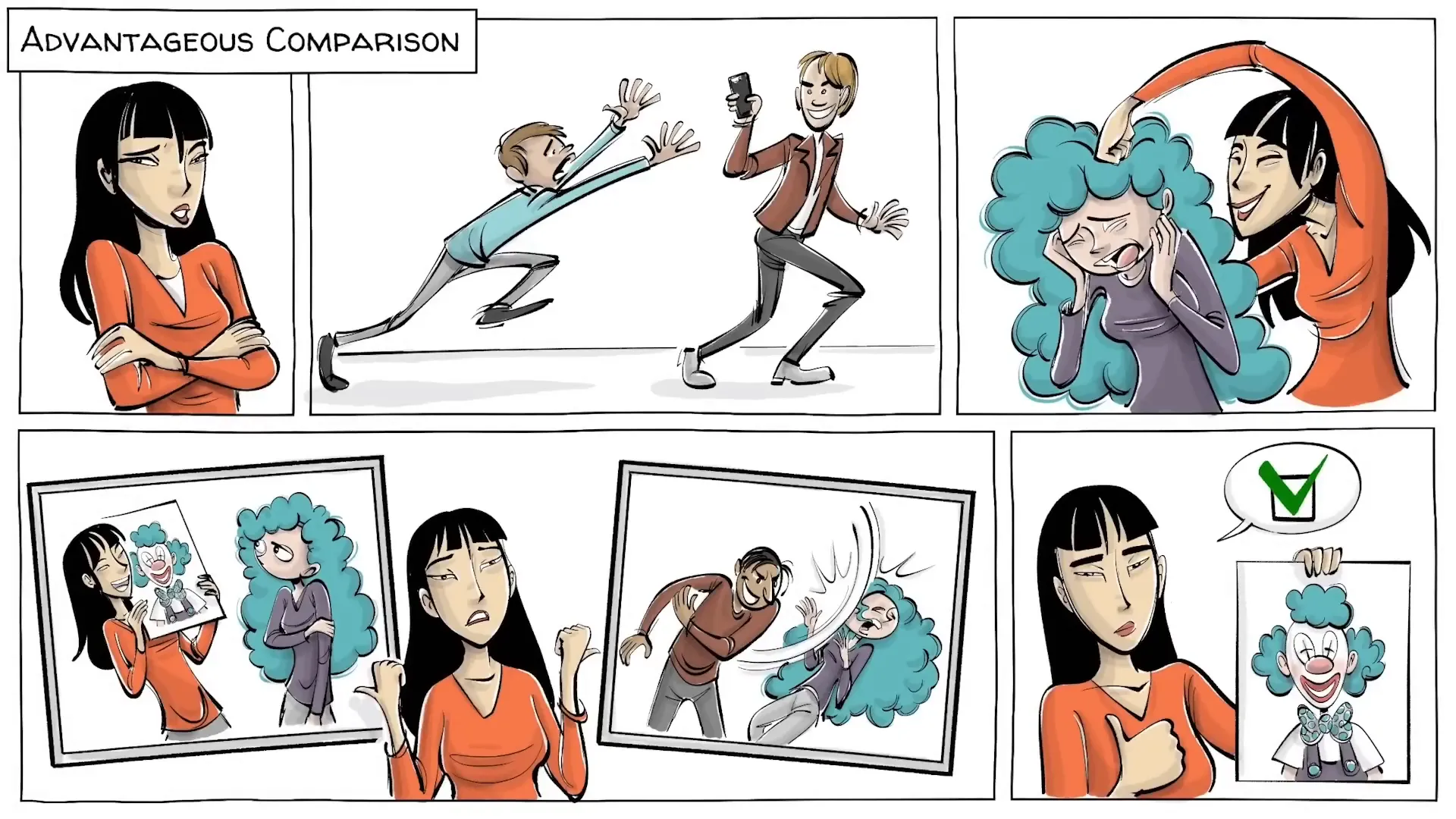
Displacement of Responsibility
Debora illustrates displacement of responsibility when she says, "It's not my fault, the others made me do it!" Here, she claims that external influences dictated her actions, absolving herself of personal responsibility. This mechanism allows individuals to shift blame away from themselves, making it easier to justify unethical behavior.

Diffusing Responsibility
Daniel expresses diffused responsibility by exclaiming, "Why am I being singled out? I’m not the only one! Everyone was doing it!" By pointing to his peers, he minimizes his individual role in the bullying, suggesting that collective behavior diminishes personal accountability.
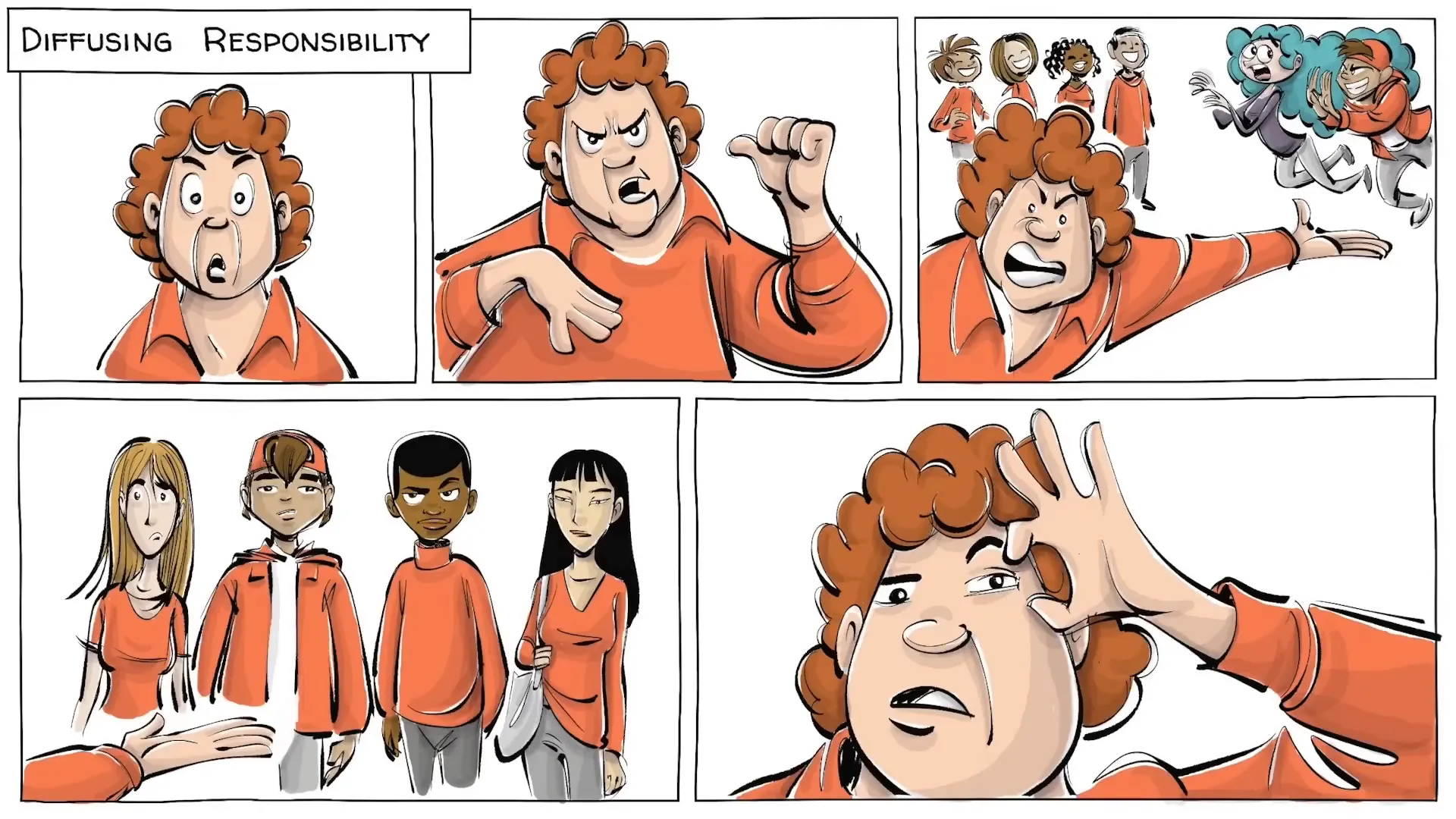
Disregarding Consequences
Samuel attempts to disregard the consequences of his actions, stating, "She is exaggerating, it’s not like we are monsters who eat people alive." By downplaying Sarah's feelings and the impact of their actions, he tries to reduce his own guilt and avoid facing the consequences of bullying.
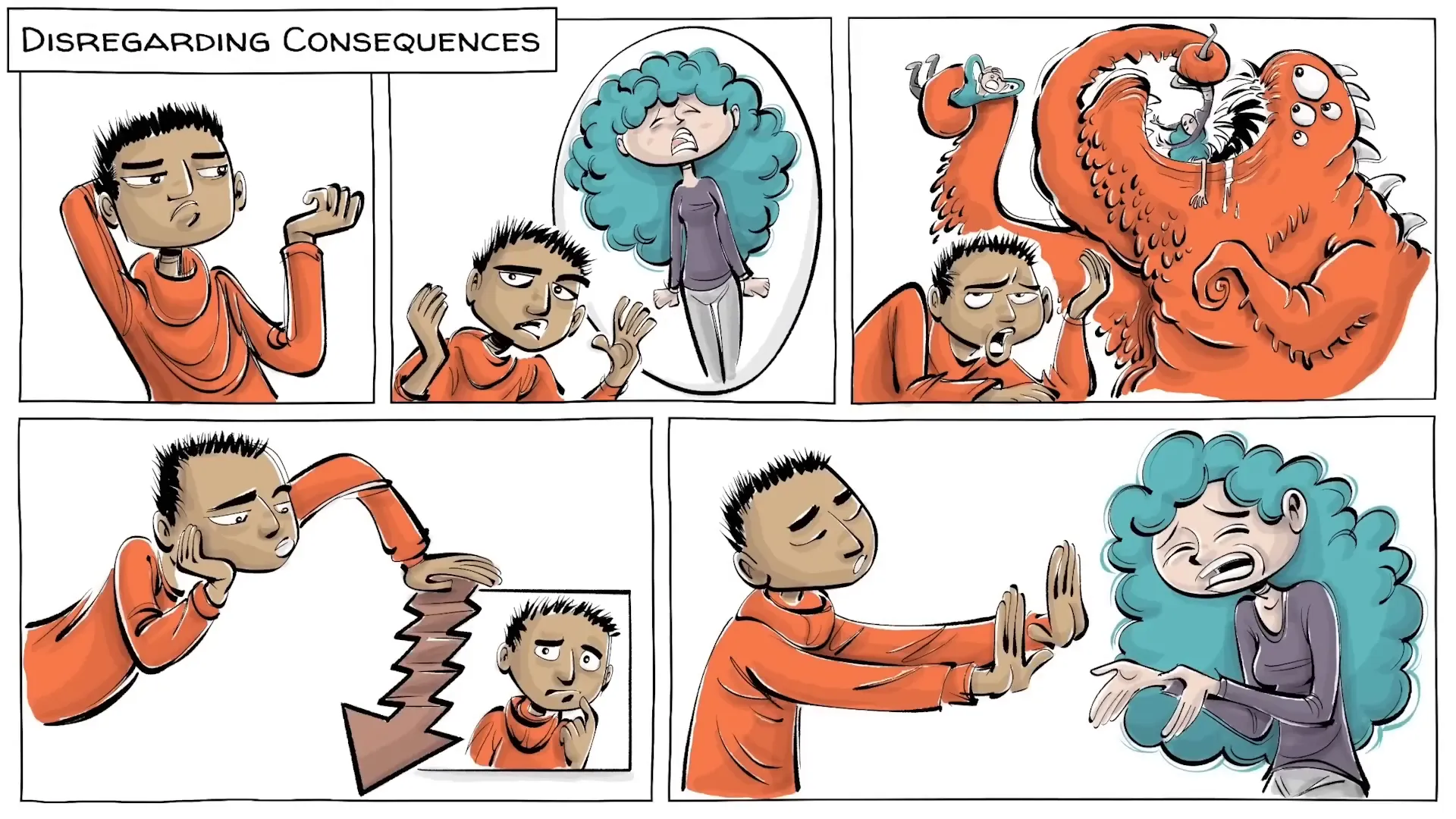
Dehumanization
Hector employs dehumanization when he says, "She’s a weirdo, and belongs in a zoo!" By likening Sarah to an animal, he strips her of her humanity, making it easier to justify hurtful behavior. Dehumanization allows individuals to feel less empathy for their victims, facilitating harmful actions.
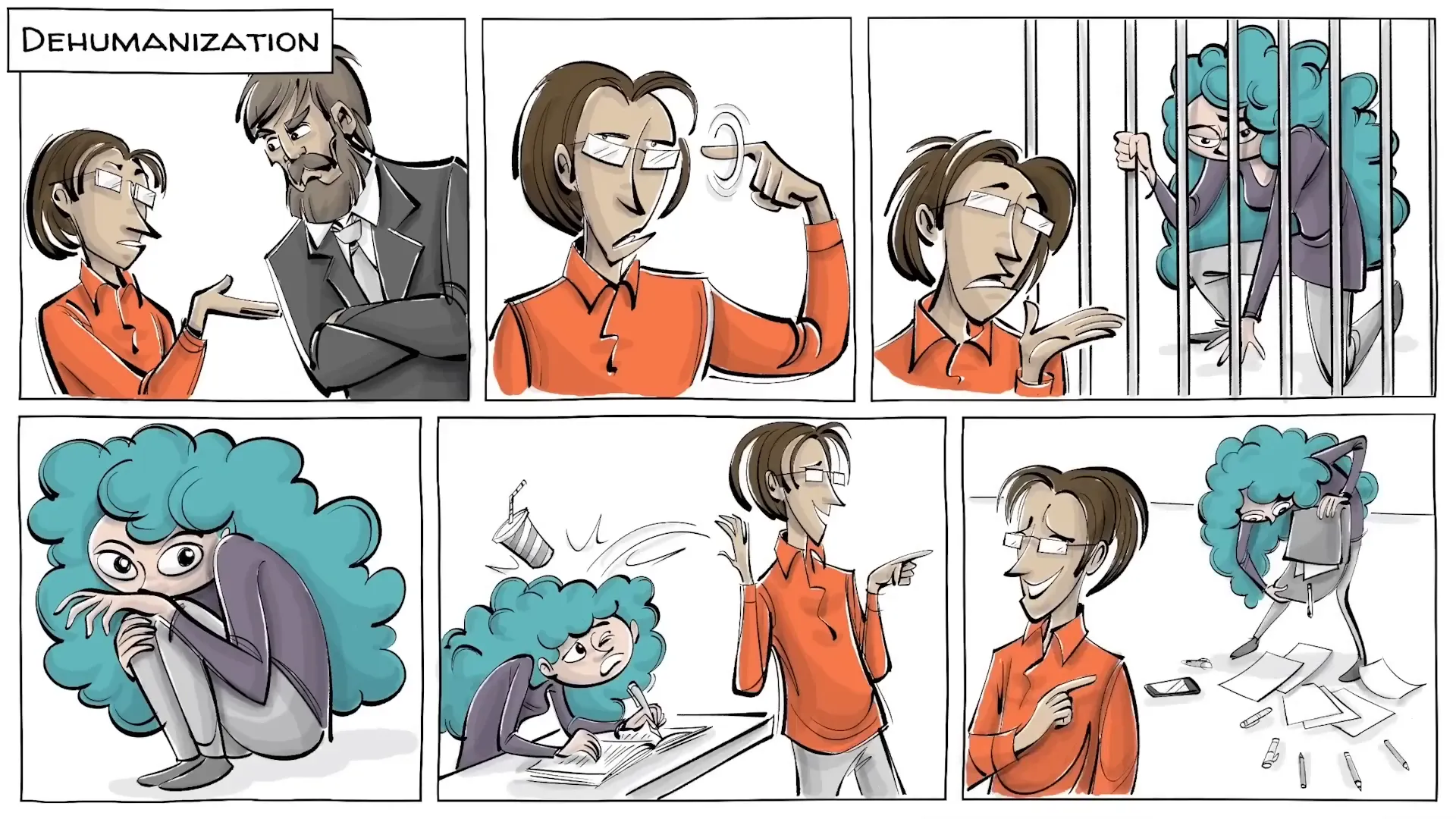
Attribution of Blame
Finally, Antony uses attribution of blame, saying, "If she didn’t want to be made fun of she should not act so strange. It’s her fault." By shifting the blame onto Sarah, he portrays his actions as reactive rather than aggressive, thus justifying his behavior and deflecting responsibility.
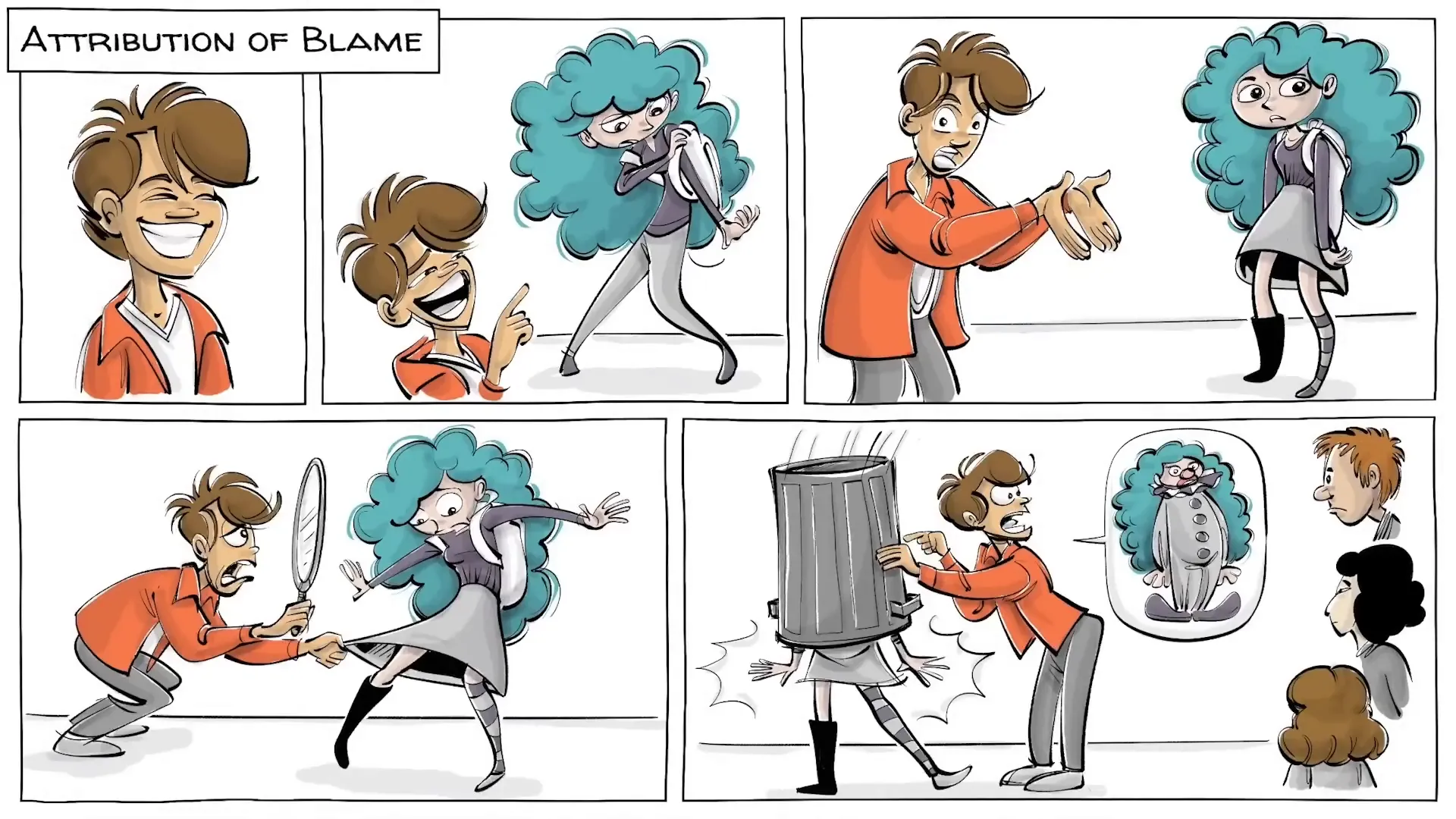
Enforcing Accountability
After hearing these justifications, the teacher takes a firm stand. He tells each bully that such behavior is unacceptable in his class, suspending them for a week and assigning them homework to reflect on their justifications. By enforcing accountability, the teacher aims to challenge their moral disengagement and encourage them to confront their actions.
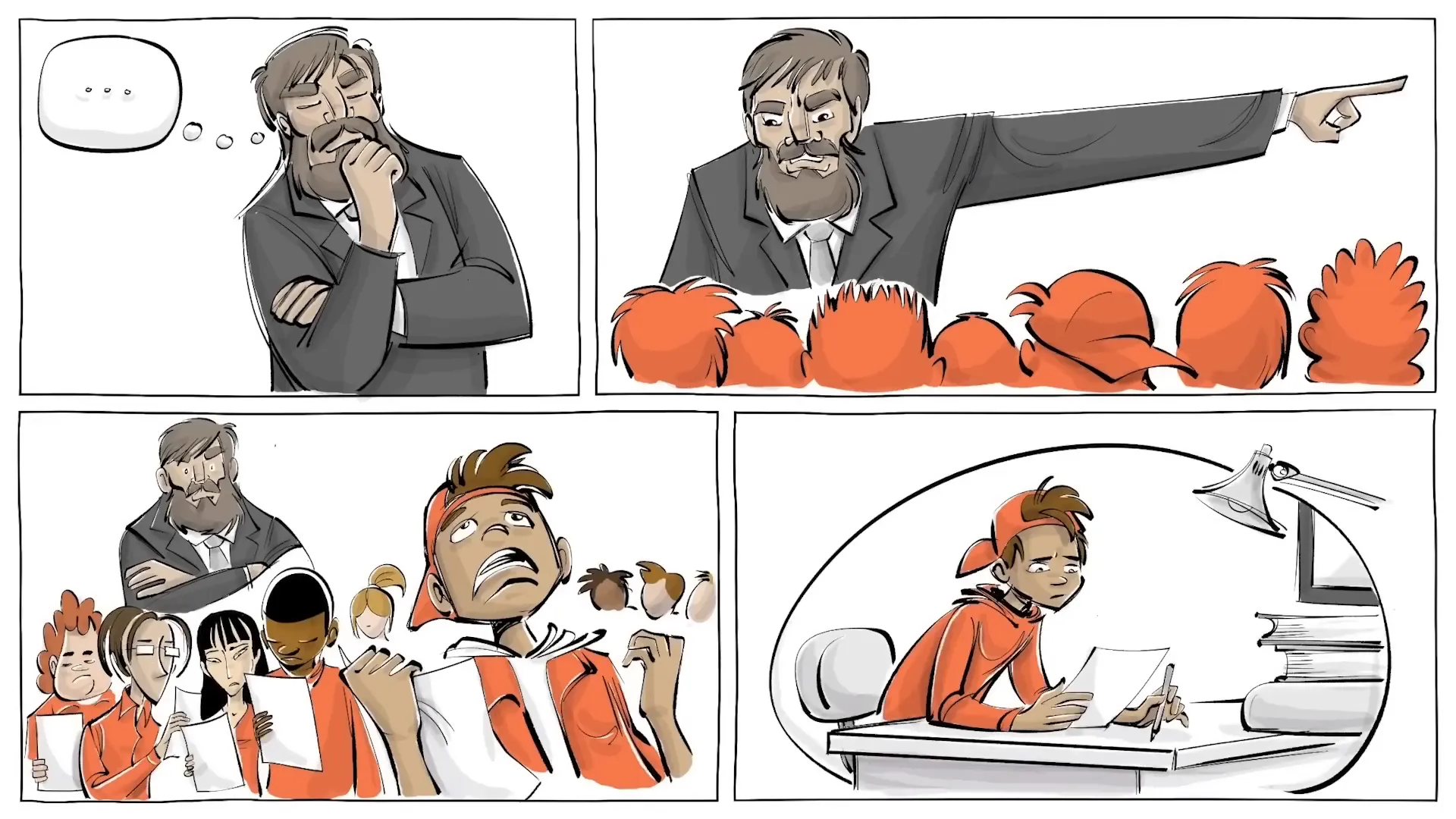
Bandura’s Insight
The theory of moral disengagement was developed by psychologist Albert Bandura, known for his work on social learning theory. Bandura noted, "Most people have standards against which they evaluate the morality of their actions. However, such self-sanctions do not operate unless they are activated." This highlights the importance of awareness and reflection in maintaining moral integrity.
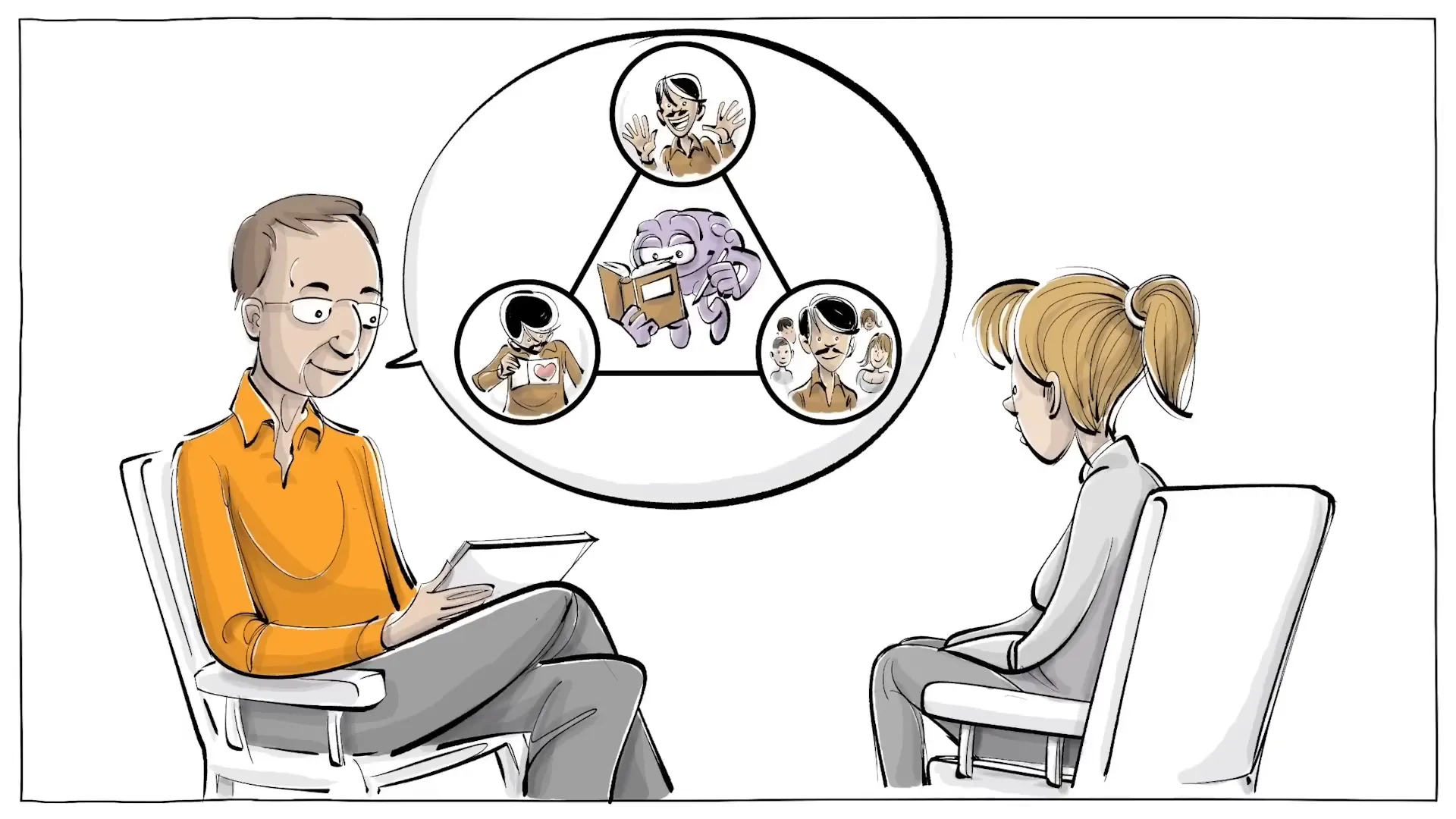
What Do You Think?
Have you ever found yourself using moral disengagement to justify your behavior? Reflecting on these mechanisms is crucial for understanding how we can all fall into the trap of unethical behavior. Do you think that educating students about moral disengagement would be beneficial? Share your thoughts in the comments below!
Conclusion
Understanding moral disengagement is essential for fostering empathy and ethical behavior in our communities. By recognizing the mechanisms that allow us to justify harmful actions, we can work towards creating a more compassionate society. Let's strive to hold ourselves accountable and encourage those around us to do the same.
This article was created from the video The Psychology of Excuses [How People Justify Hurting Others] with the help of AI. It was reviewed and edited by a human.



